FeelDesign
Contemporary Architecture in 2025: Expert Reviews, Trends & Essential Comparisons
March 30, 2025
.png)
What Is Contemporary Architecture?
Contemporary architecture refers to the evolving style of the 21st century that embraces innovation, sustainability, and minimalist beauty. Unlike historical architectural movements, contemporary design is defined by its now-ness—adapting to new technologies, lifestyles, and environmental needs.
You’ll often see:
- Clean lines and geometric shapes
- Open floor plans
- Natural materials like concrete, glass, and wood
- Integration with nature (think floor-to-ceiling windows)
- Energy-efficient technologies
This architectural style is now more than a trend—it's a design philosophy that prioritizes functionality, sustainability, and individuality.
🧠 Why Homeowners Love Contemporary Architecture in 2025
In today’s design world, homeowners aren’t just looking for beauty—they want efficiency and flexibility. Here’s why contemporary architecture checks all the boxes:
- Eco-conscious construction using solar panels, insulation, and recycled materials
- Smart layouts for work-from-home lifestyles
- Resale value: Homes with modern designs fetch higher prices
- Customization: Tailored spaces from modular furniture to adaptive rooms
📊 Contemporary vs. Modern vs. Minimalist: A Quick Comparison
🏠 Expert Tip: How to Spot Good Contemporary Architecture
According to experts, a truly well-designed contemporary home includes:
✅ Smart space usage
✅ Natural ventilation and light
✅ Neutral color schemes with bold focal points
✅ Sustainable construction materials
✅ Flexible spaces that adapt to changing needs
🌍 Contemporary Architecture Global Impact & Cultural Evolution
Contemporary design draws from various cultures, including:
This fusion reflects today’s interconnected world—where architecture is both global and personal.
🏛 Greek Influence in Contemporary Architecture: A Legacy of Symmetry and Structure
Contemporary architecture often borrows from the classical elegance of ancient Greek design. Symmetry, columns, and harmonious proportions—hallmarks of Greek architecture—have been reimagined in modern civic buildings, museums, and luxury homes.
Whether it’s a minimalist colonnade or the subtle use of arches, these elements communicate timelessness. Greek influence helps contemporary spaces feel both monumental and serene—perfect for creating spaces that evoke calm and balance.

Visual Examples May Include:
- Clean-lined facades with symmetrical rhythm
- Interior columns as structural and aesthetic features
- Modern takes on the pediment using steel or concrete
🏯 Japanese Influence in Contemporary Architecture: The Zen of Simplicity
Japan’s architectural traditions have become a cornerstone of contemporary architecture, especially in urban residential design. With their focus on simplicity, negative space, and connection to nature, Japanese principles offer a calming contrast to over-stimulating environments.
Sliding doors, tatami-inspired layouts, wooden textures, and low-profile furniture all lend themselves to the modern minimalist ethos. It’s no surprise that these elements are popular in today’s wellness-focused architecture.

Core Features That Blend Well with Contemporary Architecture:
- Open-plan interiors with minimal ornamentation
- Natural materials like cedar, bamboo, and shoji screens
- Seamless indoor-outdoor transitions (e.g., courtyards, engawas)
🏡 Scandinavian Contemporary Architecture: Light, Warmth, and Hygge
Scandinavia’s influence on contemporary architecture is vast—shaping everything from micro-living to biophilic interiors. Known for cozy minimalism, light tones, and use of natural materials, Scandinavian design creates spaces that feel grounded and livable.
What makes it especially compelling for today’s homeowners is its blend of warmth and functionality. In colder climates or compact urban spaces, the Scandinavian model becomes a blueprint for calm, airy living.

How It Shows Up in Contemporary Architecture:
- Whitewashed walls and light oak finishes
- Soft lighting, earthy fabrics, and wool textures
- Open-concept living areas with panoramic glazing
💬 What People Say
🙋 FAQ About Contemporary Architecture
✨Contemporary Architecture Interiors: Curated Design Gallery
🧭 Final Thoughts: Is Contemporary Architecture Right for You?
Whether you’re building new or remodeling an old structure, contemporary design offers a fresh way to live—visually stunning and functionally modern. It's not just a look; it’s a smarter way to experience your space.
Ready to start your contemporary journey?
Discover inspiration, hire an expert, and make your design future-proof.
Subscribe to the latest design information
Oops! Something went wrong while submitting the form.
Thank you! Your submission has been received!
Oops! Something went wrong while submitting the form.
Related articles




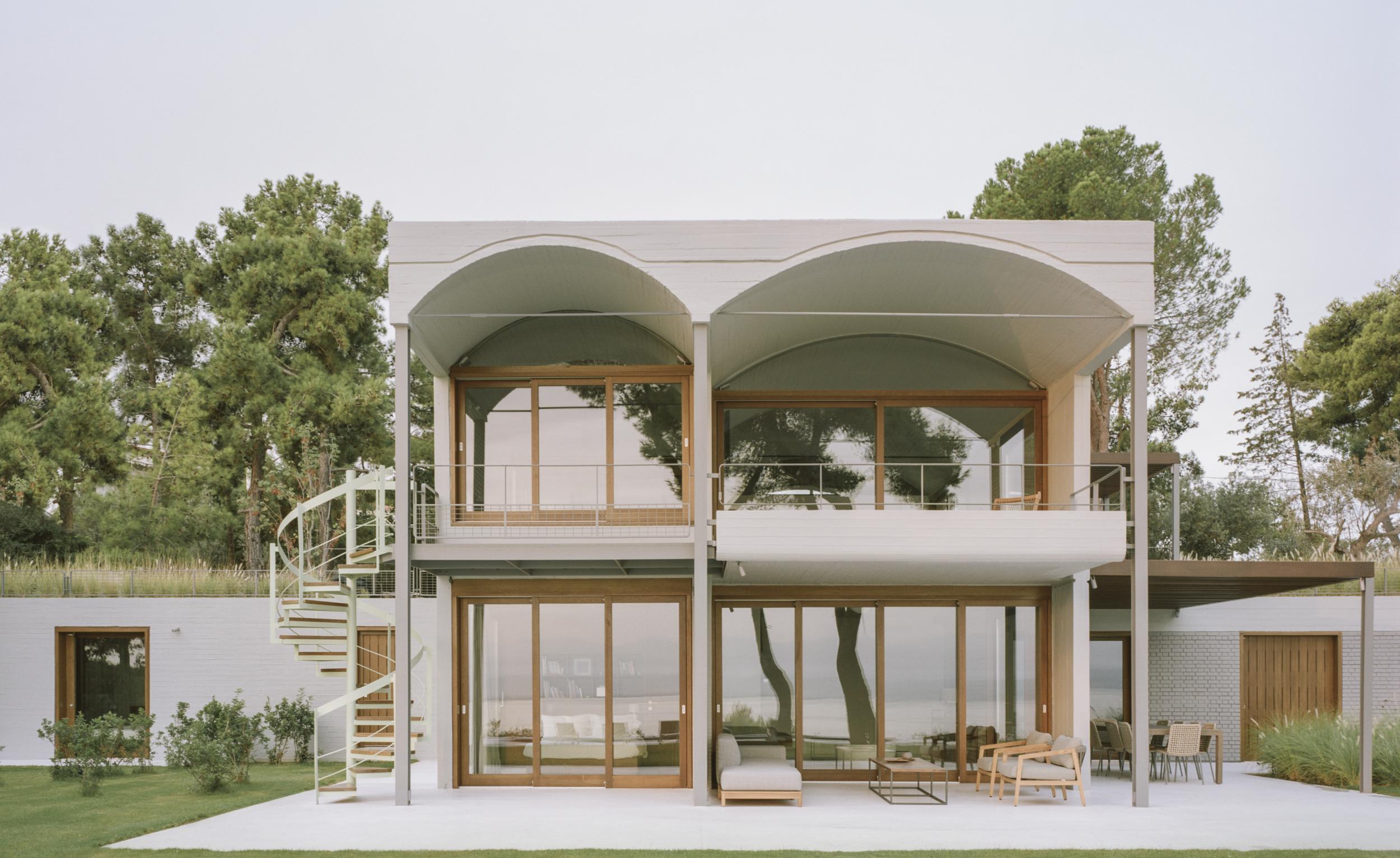
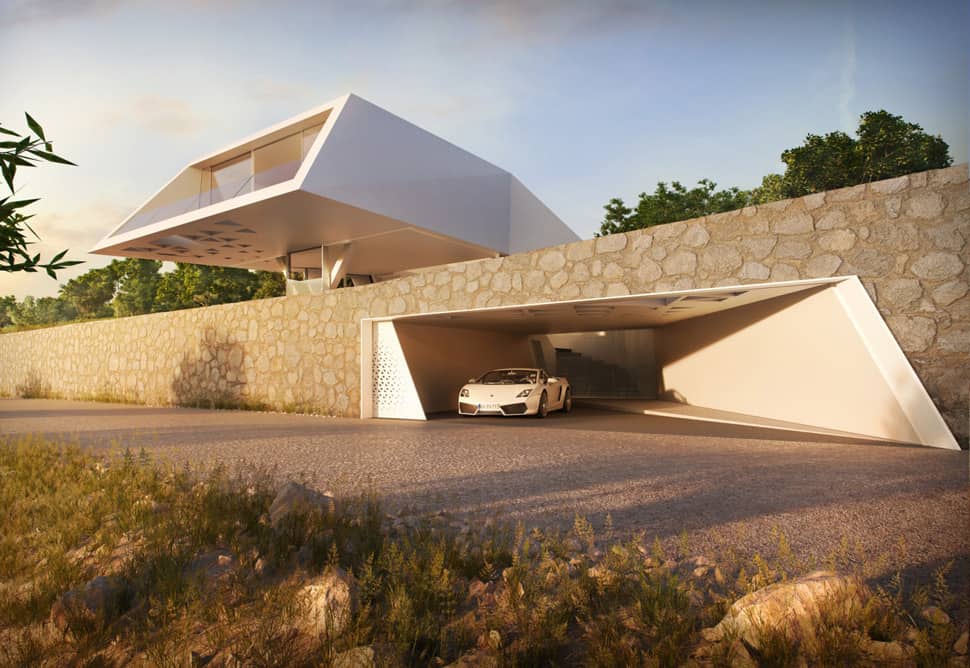
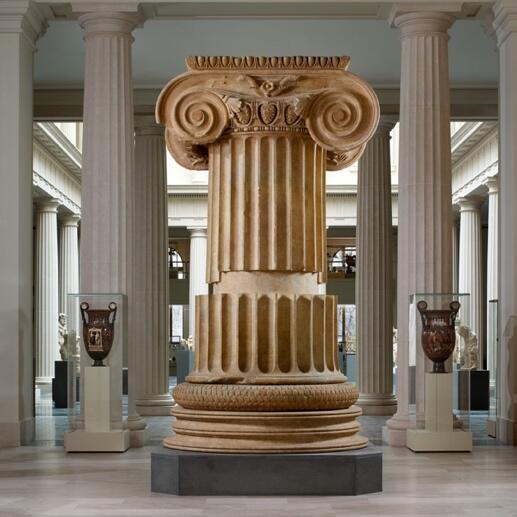
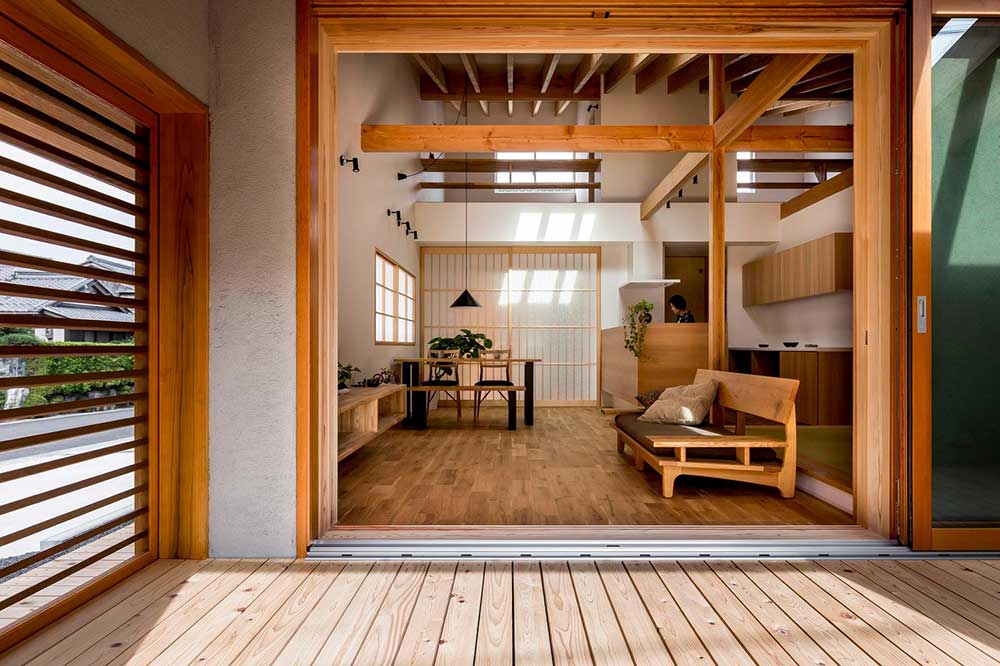

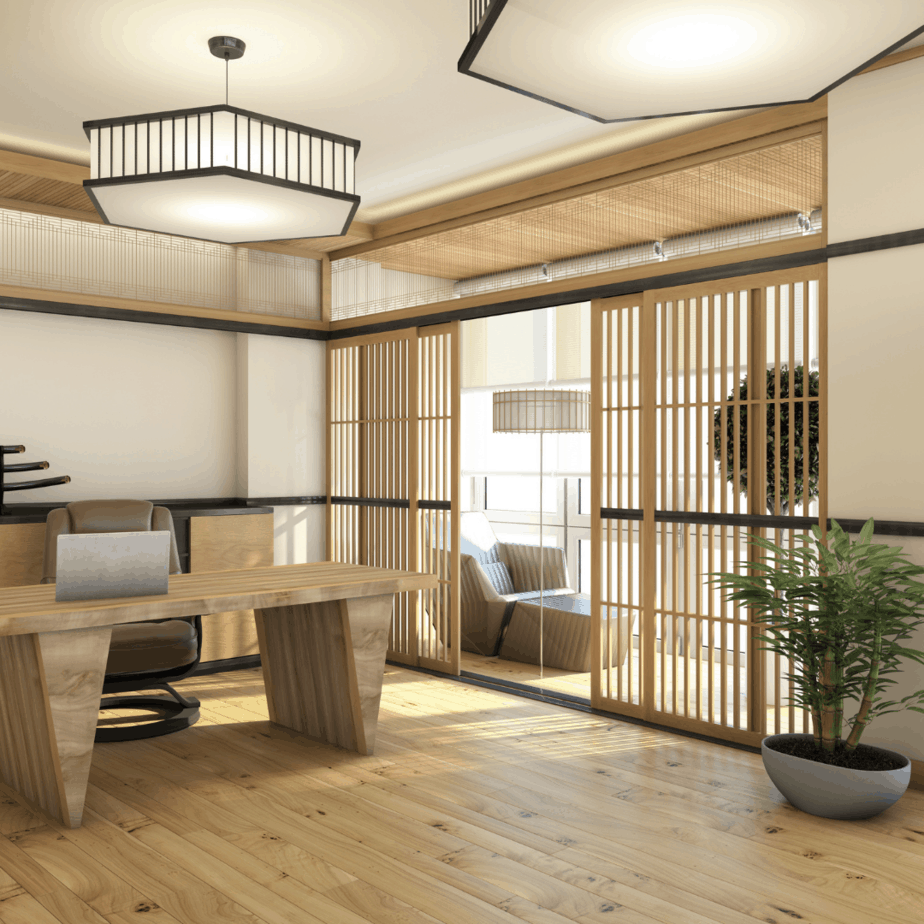


:max_bytes(150000):strip_icc()/modern-scandinavian-style-villa-169993401-be4a85c3302b432b818cecab2d44fa9f.jpg)













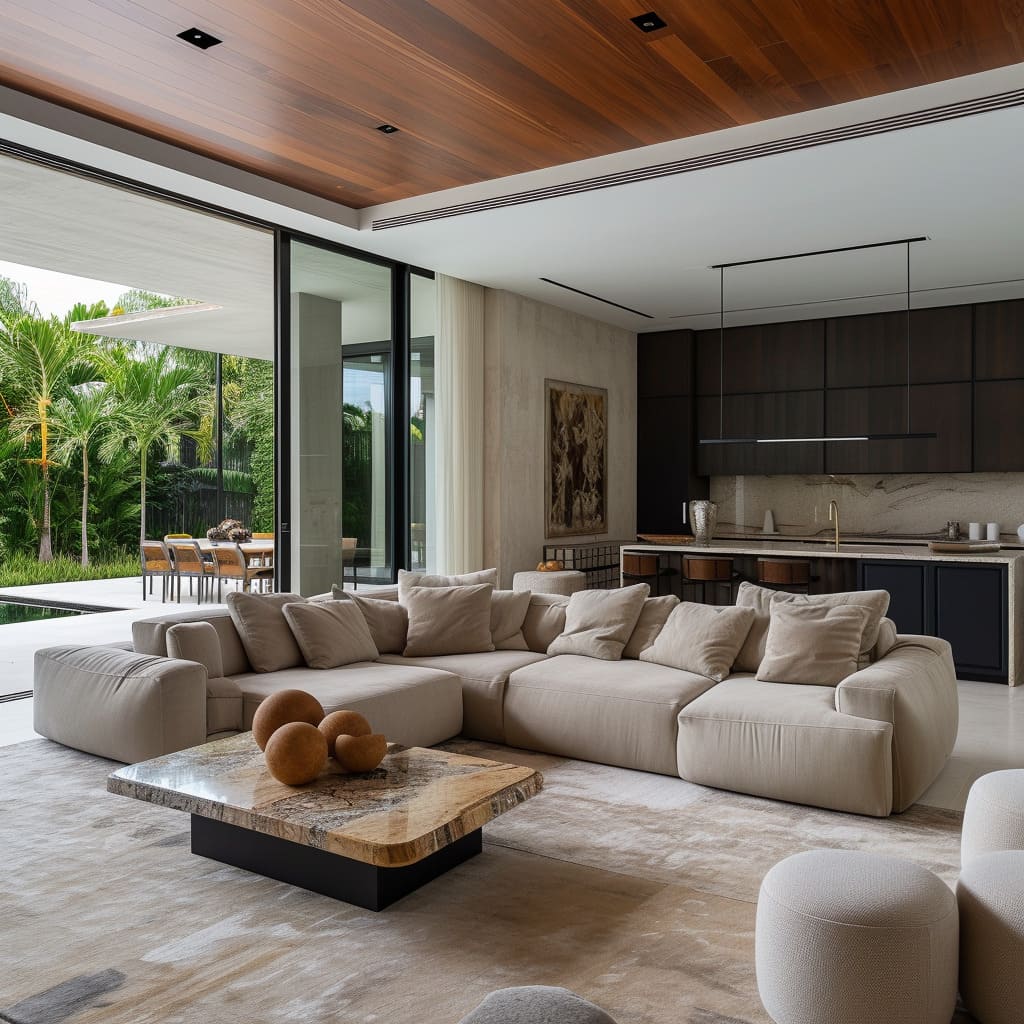


.png)
.png)
.png)